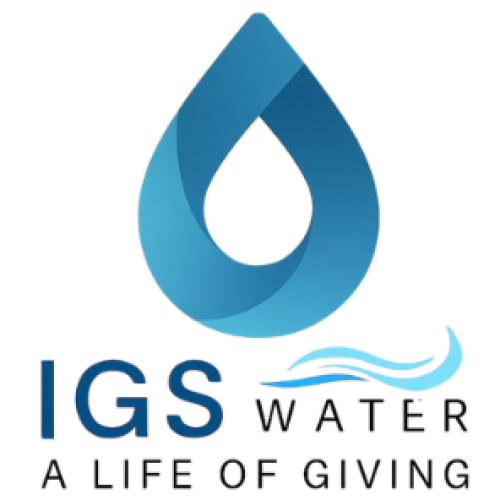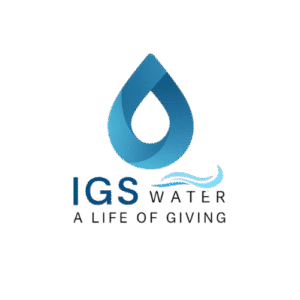If you’re considering adopting a device like the IGS Water Nanobubble Generator, here are steps and practical tips:
1. Define Use Case & Goals
What do you want to achieve?
- Dissolved oxygen increase?
- Algae control?
- Pathogen suppression?
- Scale mitigation?
- Membrane cleaning?
Having clear performance targets (e.g. DO increase, pollutant removal, scale reduction) is crucial.
2. Analyze Water & System Conditions
Measure water quality parameters: pH, temperature, dissolved gases, conductivity, turbidity, contaminants, flow rates, pressure drop, etc. Understand the system layout and constraints (pipe diameters, recirculation loops, side-stream potential).
3. Sizing & Specification
Work with technical support or engineers to size the generator appropriately. Consider:
- Flow rate (water volume to treat)
- Gas type and flow (air, O₂, ozone)
- Desired nanobubble concentration
- Head losses and system pressures
- Sensor and control integration (DO probes, pressure sensors)
4. Integration & Installation
- Decide on location (side-stream, inline, recirculation loop).
- Provide suitable plumbing, valves, and bypass if needed.
- Ensure gas delivery (piping, regulators) if external.
- Incorporate sensors, monitoring, and control logic.
- Ensure safety (especially with ozone or high-pressure gas lines).
5. Commissioning & Monitoring
- Calibrate sensors (DO, flow)
- Ramp up gas and water flows gradually
- Monitor actual dissolved oxygen, bubble behavior, system performance
- Test whether desired effects (e.g. pathogen reduction, cleaning) manifest
6. Maintenance & Feedback
- Periodically check for clogging, scaling, fouling
- Clean or flush mixing elements if necessary
- Log performance data and adjust settings
- Use feedback to refine control logic
7. Economic & Performance Assessment
- Compare gas or chemical cost savings
- Evaluate gains in production, reduced downtime, water reuse, or yield
- Determine ROI timeframe
Why the IGS Water Nanobubble Generator Stands Out (Based on What Is Known)
From the information available on IGS Water’s site, here’s what makes their offering potentially compelling:
- They position the device generically (i.e. for any water application) — implying flexibility.
- Because the product is a ready unit (rather than custom build), it may reduce lead time for procurement and installation.
- The branding suggests an emphasis on enhancing water quality, likely targeting industries that already need dissolved oxygen, disinfection, or cleaning.
- As a packaged solution, it may come with engineered support, which helps non-experts adopt the technology.
Of course, without full specs (flow, pressure, gas type, control features), it’s difficult to benchmark performance vs competitors. If you wanted, I could help you build a comparison between IGS’s unit and other nanobubble systems in your industry (e.g. aquaculture, irrigation, etc.).
Future Trends & Directions
Given the potential of nanobubble technology, here are likely areas of evolution:
- Integration with AI & Smart Controls: Real-time monitoring and adaptive control to optimize gas feed, bubble concentration, and efficiency.
- Hybrid Systems: Combining nanobubbles with UV, membranes, or other treatment modalities to boost performance.
- Lower-Cost Designs: Innovative mixing, membrane, or passive systems to cut capital and operational costs.
- Broader Adoption in Agriculture & Aquaponics: As the technology matures, smaller-scale, affordable units could be used even by farmers.
- Advanced Oxidation & Disinfection Uses: Enhanced use of ozone, radicals, or novel gases with nanobubble delivery for water sanitization, even in potable water or minimally processed water.
- Environmental & Climate Use Cases: Restoring lakes, rivers, and wetlands, mitigating hypoxia zones in natural water bodies, oxygenating reservoirs, etc.
- Research into Bubble Physics & Stability: Better understanding of dissolution dynamics, clustering, interactions with surfaces, and long-term behavior will improve design efficiency.
Already, academic work is exploring advanced uses: for example, friction tubes to generate ozone nanobubbles with increased virucidal half-life in water treatment contexts.
The IGS Water Nanobubble Generator is a promising tool in the toolkit of modern water treatment and enhancement technologies. Its foundation—nanobubbles—is backed by solid scientific principles and practical successes across industries. The ability to introduce stable, highly efficient gas-laden bubbles into water opens doors for better water quality, lower chemical use, enhanced biological health, and more efficient operations.
Of course, the real-world performance will depend heavily on proper sizing, installation, control, and maintenance. But with the right design and monitoring, a system like this could deliver impressive gains in many sectors.

